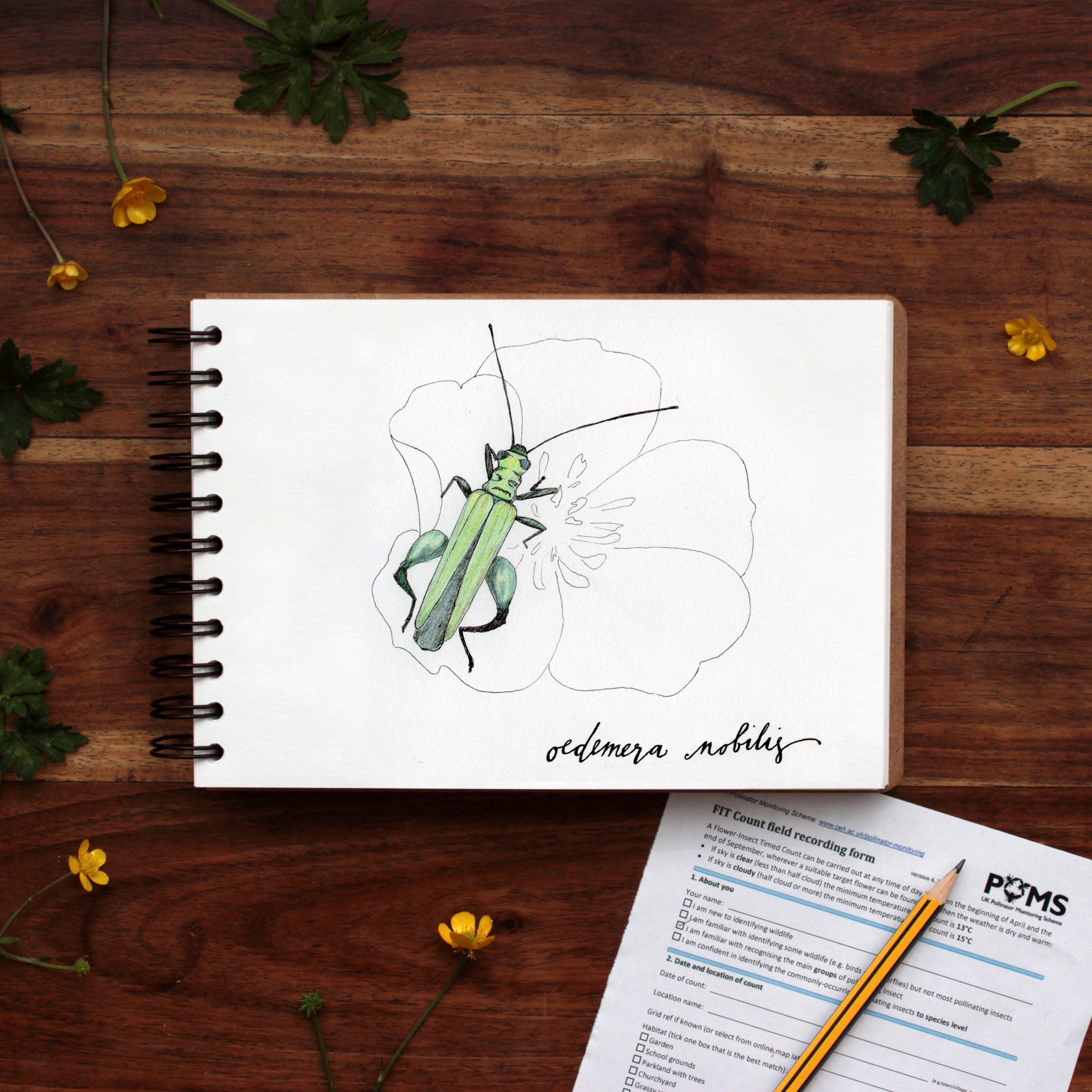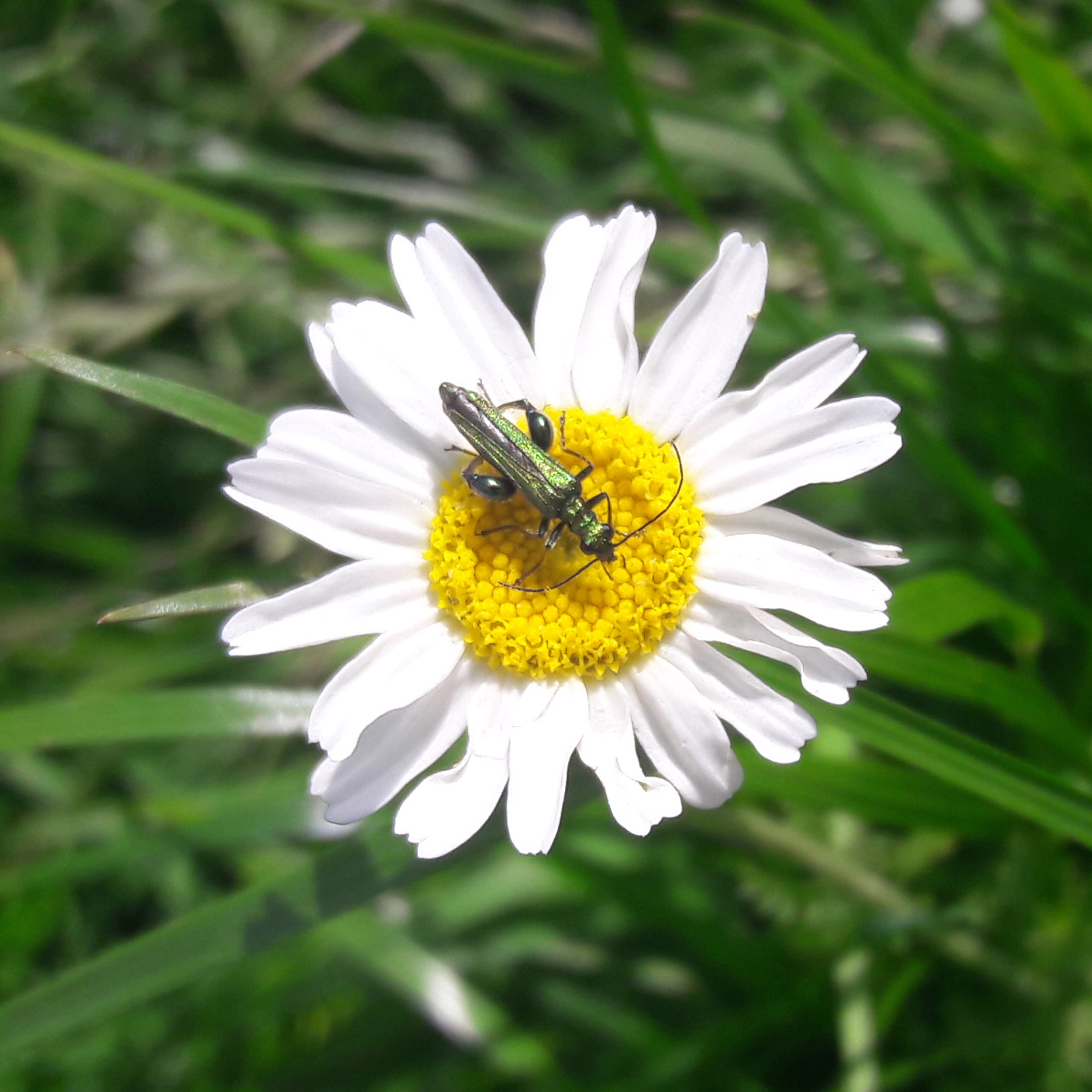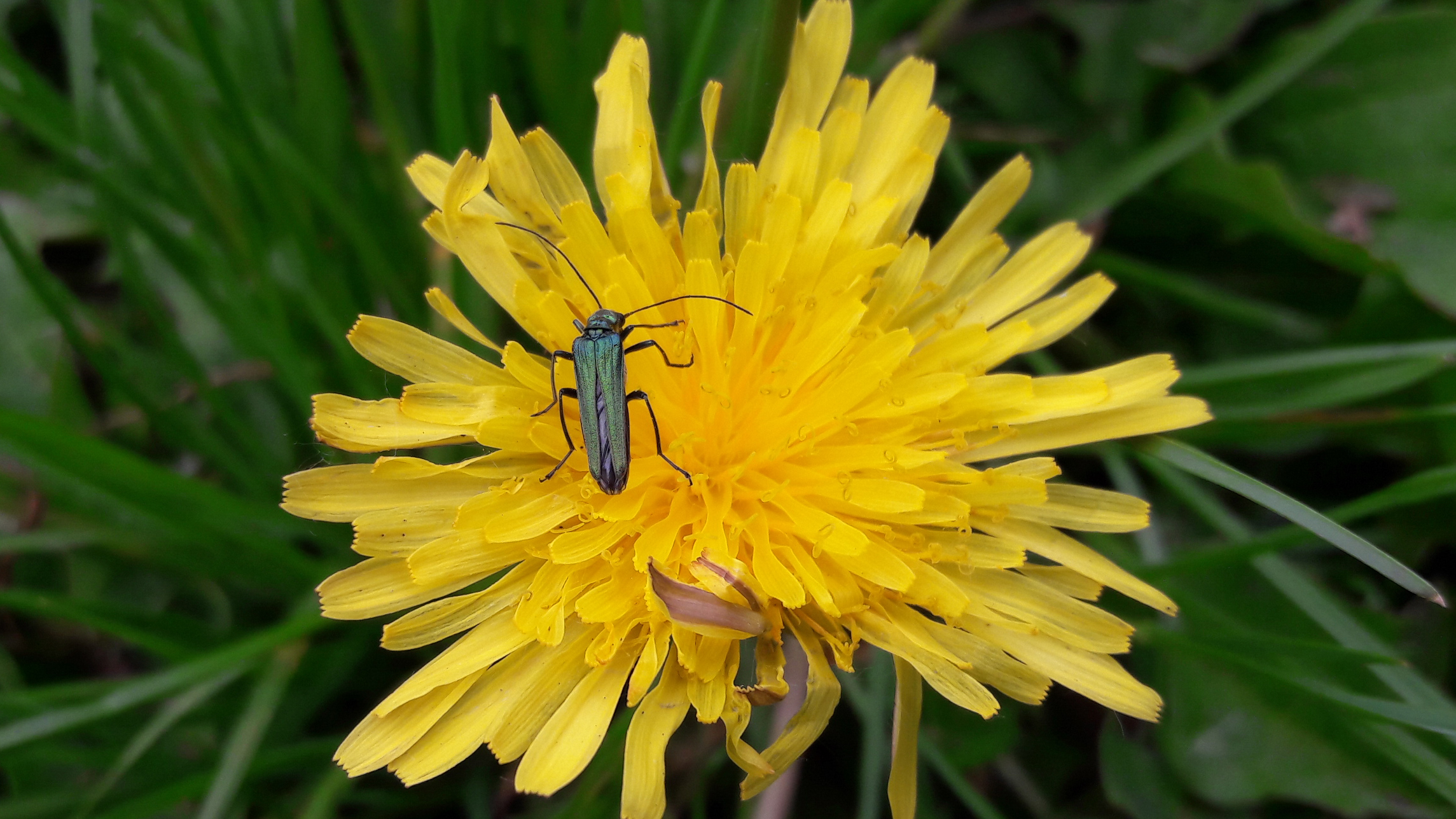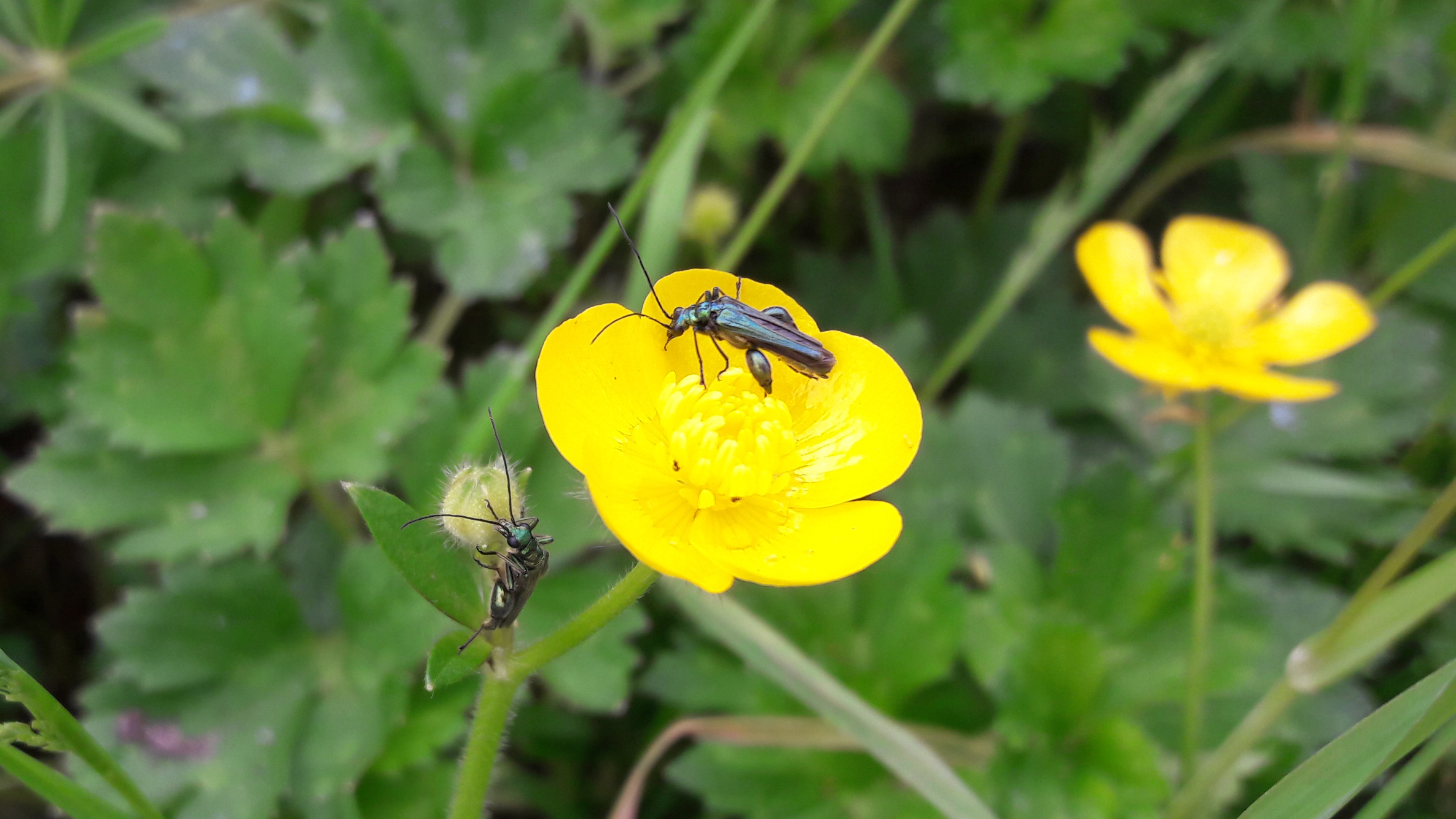




I really enjoying seeking out and recording insects, but as there isn’t that much variety in my garden, lockdown has seriously hampered my ability to do so!
One of my favourite ways to survey insects is to do FIT Counts. The FIT Count was devised by the UK Pollinator Monitoring Scheme (PoMS) and it stands for Flower Insect Timed Count. You don’t need to have a great deal of insect knowledge to get started and it’s a great way to become familiar with identifying the main groups of insects.
The full method, guidance, and forms are available on the PoMS website, but in essence: you pick a 1 metre square patch of target flowers and watch it for ten minutes, making a note of each type of insect that visits: honey bee, bumblebee, solitary bee, wasp, hoverfly, other fly, butterfly or moth, beetles, or other. PoMS has also produced guides that assist with identifying the main groups (how to tell a solitary bee apart from a bumblebee, hoverfly or a wasp, for instance).
The first time I did a FIT Count, I found it a bit stressful: would I capture all of the insects? What if I missed one? Was that definitely a bee or was it a hoverfly?
But the more I went out and did it, the easier it became and after a few weeks, I started to become quite confident and a lot quicker in my identification skills. Whenever someone asks me how they can start recording, I always recommend FIT Counts as a great entry-level exercise. Also remember to submit your data even if nothing comes to visit your patch of flowers during the ten minutes: nil results are important too!
The insect I’ve illustrated today, Oedemera nobilis, would come under the beetles category and this distinctive insect becomes almost impossible to forget once you learn its common name(s): the thick-legged flower beetle, or swollen-thighed beetle. No prizes for guessing where that name comes from! Only the male beetle has the characteristic “swollen” thighs, but both the male and female share the shining green colouration and have the same wing gap, which is another key identifying feature. They can be found on a lot of common flowers like daisies, buttercups and dandelions so if you leave part of your lawn to grow, they’re likely to pay you a visit!